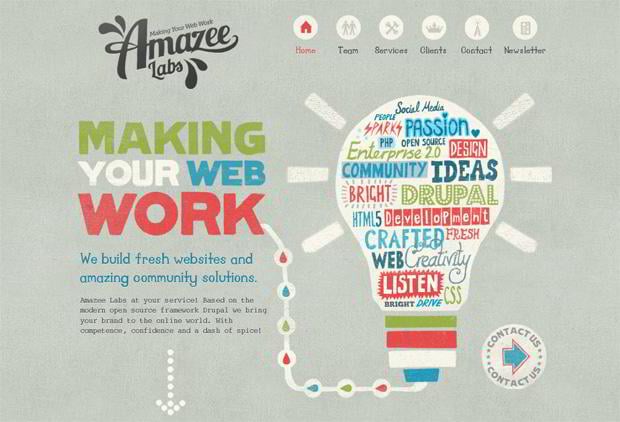Join Us As We Embark On A Journey Via Time, Exploring The Development Of Internet Site Design And How It Has Influenced The Digital Landscape
Join Us As We Embark On A Journey Via Time, Exploring The Development Of Internet Site Design And How It Has Influenced The Digital Landscape
Blog Article
Post Produced By-Collier Dodson
In the past, internet sites were easy and focused on information. Navigating was direct, and style was for desktop computers. Currently, user experience is crucial. Information guides layouts for simple navigating. Responsive layouts match various devices. Today, dark mode decreases stress, and minimalist menus boost navigating. Interactive features engage individuals, and strong visuals stand out. AI combination improves engagement. See how layout has actually developed to improve your on the internet journey.
Early Days of Web Design
In the very early days of web design, simplicity preponderated. Sites were standard, with limited colors, fonts, and designs. The emphasis was on providing info rather than showy visuals. Individuals accessed the internet through sluggish dial-up links, so rate and capability were essential.
Navigation menus were straightforward, usually situated on top or side of the page. Web sites were developed for desktop computers, as mobile surfing had not been yet common. Material was king, and developers prioritized simple readability over complicated design elements.
HTML was the primary coding language used, and designers had to work within its restrictions. Animations and interactive attributes were minimal contrasted to today's criteria. Internet sites were static, with little vibrant content or individualized individual experiences.
Surge of User-Focused Design
With the evolution of internet site design, a change in the direction of user-focused design principles has actually become increasingly famous. Today, developing websites that focus on individual experience is crucial for engaging visitors and achieving service objectives. User-focused design involves recognizing the needs, preferences, and habits of your target audience to customize the internet site's layout, material, and features accordingly.
Developers now carry out extensive research study, such as individual studies and use screening, to collect understandings and comments straight from customers. search engine optimization ranking -driven strategy helps in developing intuitive navigating, clear calls-to-action, and aesthetically enticing user interfaces that reverberate with site visitors. By placing the user at the center of the layout process, websites can supply a more tailored and enjoyable experience.
Receptive design has additionally emerged as a key element of user-focused design, guaranteeing that internet sites are enhanced for numerous devices and screen dimensions. This flexibility improves accessibility and usability, satisfying the diverse ways individuals communicate with web sites today. Essentially, web seo consultant of user-focused style represents a change towards creating digital experiences that prioritize the requirements and assumptions of completion customer.
Modern Trends in Web Design
Check out the most recent fads shaping web design today. One famous fad is dark mode style, providing a smooth and modern appearance while reducing eye pressure in low-light atmospheres. Another key trend is minimalist navigating, streamlining menus and boosting user experience by concentrating on essential elements. Integrating micro-interactions, such as animated switches or scrolling effects, can produce a much more interesting and interactive web site. Responsive layout remains important, making certain smooth customer experiences throughout different devices. Furthermore, utilizing vibrant typography and asymmetrical layouts can add visual passion and accentuate certain material.
Incorporating AI modern technology, like chatbots for client assistance or customized suggestions, enhances customer involvement and simplifies procedures. Availability has additionally end up being a considerable pattern, with developers prioritizing inclusive layout techniques to satisfy varied individual demands. Embracing sustainability by maximizing web site performance for rate and performance is an additional arising trend in web design. Collaborating with customer feedback and information analytics to iterate and enhance design continually is necessary for remaining pertinent in the ever-evolving electronic landscape. By accepting these modern patterns, you can produce an aesthetically enticing, straightforward site that reverberates with your audience.
Conclusion
As you review the development of website design from the early days to now, you can see just how user-focused style has actually come to be the driving pressure behind contemporary patterns.
Embrace the journey of modification and adjustment in website design, always keeping the individual experience at the leading edge.
Keep present with the most recent fads and technologies, and never stop evolving your strategy to create aesthetically spectacular and easy to use web sites.
Evolve, adjust, and develop - the future of web design remains in your hands.
